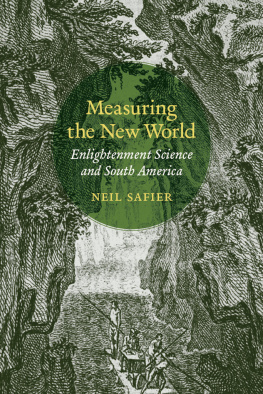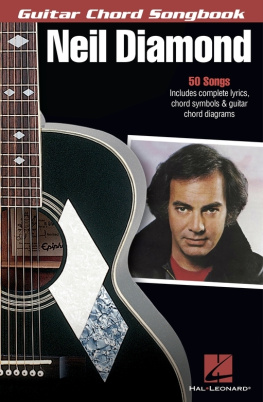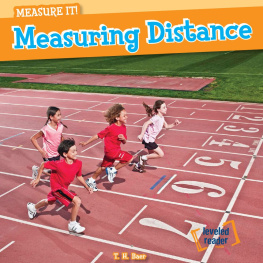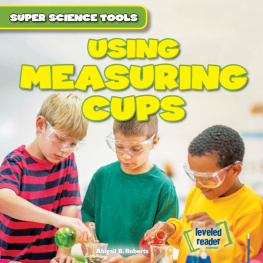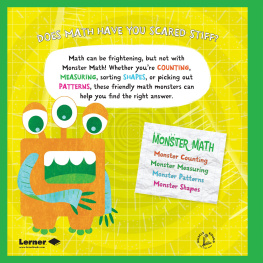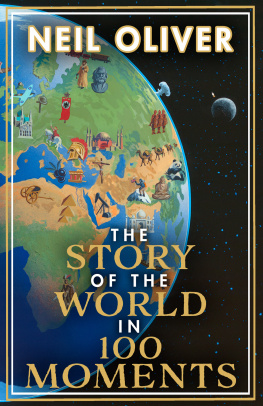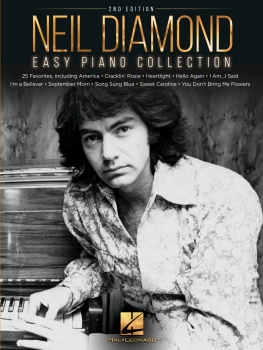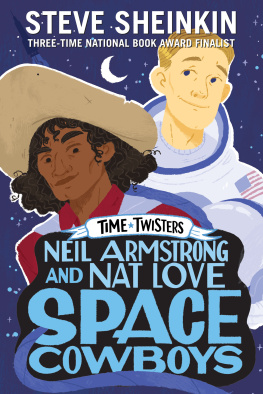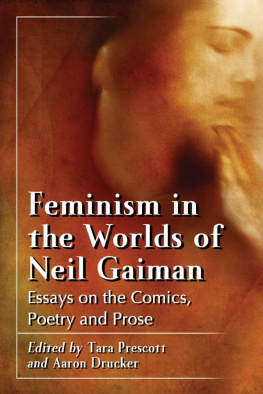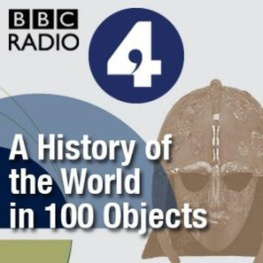Neil Safier - Measuring the New World
Here you can read online Neil Safier - Measuring the New World full text of the book (entire story) in english for free. Download pdf and epub, get meaning, cover and reviews about this ebook. year: 2008, publisher: University of Chicago Press, genre: Romance novel. Description of the work, (preface) as well as reviews are available. Best literature library LitArk.com created for fans of good reading and offers a wide selection of genres:
Romance novel
Science fiction
Adventure
Detective
Science
History
Home and family
Prose
Art
Politics
Computer
Non-fiction
Religion
Business
Children
Humor
Choose a favorite category and find really read worthwhile books. Enjoy immersion in the world of imagination, feel the emotions of the characters or learn something new for yourself, make an fascinating discovery.
- Book:Measuring the New World
- Author:
- Publisher:University of Chicago Press
- Genre:
- Year:2008
- Rating:3 / 5
- Favourites:Add to favourites
- Your mark:
- 60
- 1
- 2
- 3
- 4
- 5
Measuring the New World: summary, description and annotation
We offer to read an annotation, description, summary or preface (depends on what the author of the book "Measuring the New World" wrote himself). If you haven't found the necessary information about the book — write in the comments, we will try to find it.
Measuring the New World — read online for free the complete book (whole text) full work
Below is the text of the book, divided by pages. System saving the place of the last page read, allows you to conveniently read the book "Measuring the New World" online for free, without having to search again every time where you left off. Put a bookmark, and you can go to the page where you finished reading at any time.
Font size:
Interval:
Bookmark:
Enlightenment Science and South America
NEIL SAFIER
The University of Chicago Press
Chicago and London
The University of Chicago Press, Chicago 60637
The University of Chicago Press, Ltd., London
2008 by The University of Chicago
All rights reserved. Published 2008.
Paperback edition 2012
Printed in the United States of America
21 20 19 18 17 16 15 14 13 12 2 3 4 5 6
ISBN-13: 978-0-226-73355-5 (cloth)
ISBN-13: 978-0-226-73362-3 (paper)
ISBN-10: 0-226-73355-6 (cloth)
ISBN-10: 0-226-73362-9 (paper)
ISBN-13: 978-0-226-73356-2 (e-book)
Library of Congress Cataloging-in-Publication Data
Safier, Neil.
Measuring the new world : enlightenment science and South America / Neil Safier.
p. cm.
Includes bibliographical references and index.
ISBN-13: 978-0-226-73355-5 (cloth : alk. paper)
ISBN-10: 0-226-73355-6 (cloth : alk. paper)
1. Scientific expeditionsEcuadorQuitoHistory18th century. 2. EcuadorDiscovery and explorationFrench. 3. EcuadorDiscovery and explorationSpanish. 4. ScienceEuropeHistory18th century. 5. Mission godsique (France) 6. Communication in scienceEuropeHistory18th century. 7. South AmericaHistorical geography. I. Title.
Q115.S236 2008
509.033dc22
2008018142
 This paper meets the requirements of ANSI/NISO Z39.481992 (Permanence of Paper).
This paper meets the requirements of ANSI/NISO Z39.481992 (Permanence of Paper).
For my parentsteachers and travelers
My Muse calls you to America. I had grown weary of the monotonous ideas of our theater, and I needed a new world... Now, all of the arts are to be found in Peru: there are some who measure it; I put it to song.
VOLTAIRE (16941778)
In a long and narrow valley in southern Ecuador, only a few miles from the stately plazas and cobblestone streets of colonial Cuenca, sits the unassuming town of Tarqui. Inhabited centuries ago by a population that produced exquisite ceramic bowls and bulbous vases reminiscent of human forms, todays Tarqui appears to bear little witness to its colorful indigenous past. I had come to this valley in the central Andes to examine the material remains of an expedition that chose Tarqui as the site to resolve one of the greatest scientific debates of the eighteenth century. The dispute over the Earths true shape, whether it was flattened or elongated near its poles, had been hatched in the halls of European academies. But it was to be resolved through observations carried out on South American soil, near the equator, thanks to ten Frenchmen, two Spaniards, and an endlessly shifting entourage of Amerindians, Africans, Creoles, and mestizos who transformed this tranquil valley into an early modern laboratory of instrumental science.
Before visiting Tarqui, I had spent a few hours poking around one of Cuencas provincial archives. While examining a modern topographical map of the region, a certain place struck me as especially peculiar, even among names that to my eye appeared equally foreign, such as Bubugloma, Uchucloma, and Pucashpa. It was a small mountain named Cerro Francesurcu. From my reading of early Spanish travel narratives, I knew that urcu meant mountain in Quichua, the regions most prevalent indigenous tongue. Could Frances-urcu mean the mountain of the French, a fusion of Spanish and Quichua in a single word? Since the mountain lay just west of Tarqui, I surmised that the eighteenth-century savants whose trail I had been following may have carried out some of their measurements at that spot. What traces might they have left of their presence? What commemorative markers would I find at the summit? These questions engaged my imagination as I hailed a taxi on Cuencas bustling Calle Simn Bolivar. Within twenty minutes, I was climbing my way toward an answer, past modest cornfields and Andean scrub brush to the summit of Francesurcu itself.
Despite a spectacular panoramic view with a birds-eye perspective on Tarqui below, I was largely disappointed with what I found atop the 2824-meter peak. There was a small brick hut open to the east with a large wooden cross affixed to an inner wall, scrawled with illegible graffiti of local confection. Just beyond the shelter stood a plain white obelisk, with two thin wooden crosses placed beside it. There was also a stunted geodetic marker put there by the Military Geographical Institute in Quito. I later learned from a local man that this mountain was called Ouaoua-tarqui, one of the sites I knew had been used by the Europeans to establish a baseline for their land surveying. But as I sat in the still and silent air at the summit of Francesurcu, I asked myself how such a place might have functioned as a laboratory for instrumental experiment two and a half centuries ago: how the various individuals might have worked together to transform an Andean hilltop into a site to resolve one of eighteenth-century Europes most burning scientific questions. I tried to imagine young mestizos porting sticks and boulders along the same path I had just taken, while others set up European-made quadrants and telescopes in the valley below. The peak of Francesurcu seemed to retain only the faintest memory of these activities. And I began to suspect that something more than tectonic tremors and volcanoes had complicated the process of commemorating experimental science at this site.
Ascending mountains and waxing philosophical about monuments to human striving have a long and symbolic history in Western culture, and they have a particularly strong resonance in South America. Two centuries before my ascent of Francesurcu, a Prussian mineralogist named Alexander von Humboldt assailed an even higher summit in the equatorial Andes: the snow-capped peak of Chimborazo, then thought to be the worlds tallest mountain. There, he battled ice and fog to surpass the record of another explorer, Charles-Marie de La Condamine, a member of the Paris Academy of Sciences who had preceded Humboldt to Chimborazo by more than half a century. Following in their footsteps, the great liberator of South America Simn Bolivar yearned to surpass the achievements of both Humboldt and La Condamine as he ascended Chimborazos
My admittedly more modest ascent led me toward a set of questions rather than a grandiose narrative, prompting me to consider the perspective from which histories of scientific exploration should be recounted in the first place. What would the story look like, for instance, if we were to take in the view from the foot of Francesurcu as well as from its summit? What might we encounter if we were to examine the practices of scientific exploration not only from the soaring perspective of a Humboldt or a Bolivar but also from a vantage that was closer to the ground? How might the traces of these triumphant tales look, in other words, if we were to peer back at colonial science through a more expansive lens?
Assailing peaks is not a typical component of historical research. Most historians would rather spend their time burrowing into archives than climbing mountains. But from the very outset of this project, as I made my way from the dramatic landscapes of South America to equally picturesque European cities on a journey that comprised more than a decade of writing and research, I came to rely on far more than books and archival papers to pursue the historical roots of this extraordinary expedition. Throughout my travels, I was aided and encouraged by friends, family members, colleagues, and mentors who deserve high praise for their participatory role. I also accumulated a number of more specific debts to librarians, archivists, and institutions in Europe and the Americas, and it is my pleasure to acknowledge them here.
Font size:
Interval:
Bookmark:
Similar books «Measuring the New World»
Look at similar books to Measuring the New World. We have selected literature similar in name and meaning in the hope of providing readers with more options to find new, interesting, not yet read works.
Discussion, reviews of the book Measuring the New World and just readers' own opinions. Leave your comments, write what you think about the work, its meaning or the main characters. Specify what exactly you liked and what you didn't like, and why you think so.

